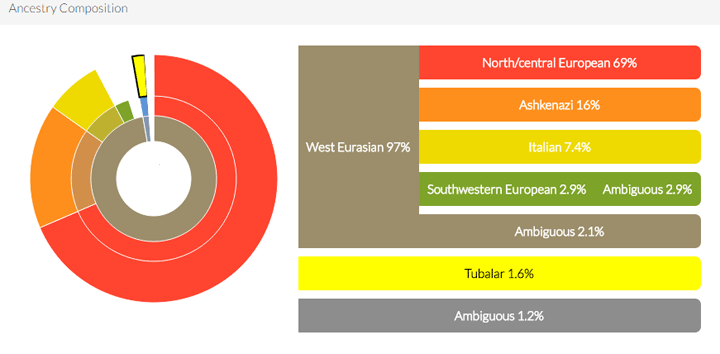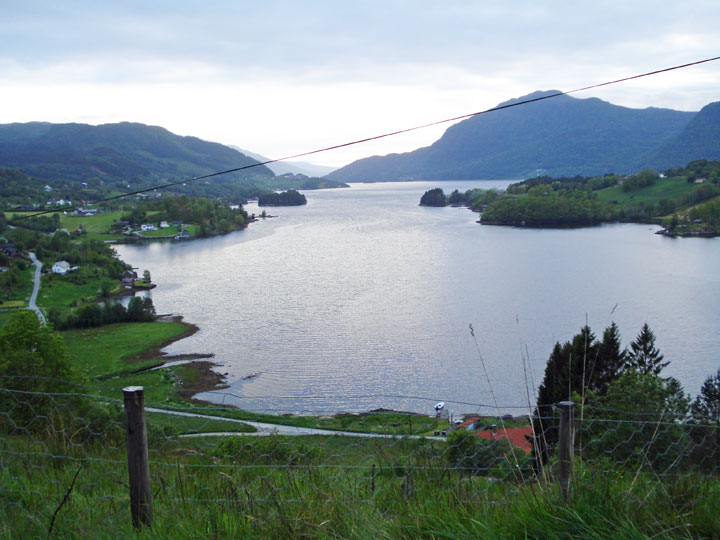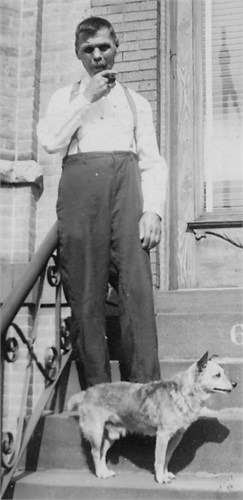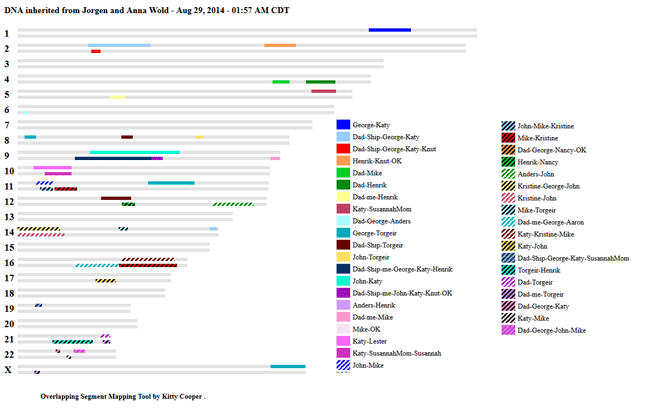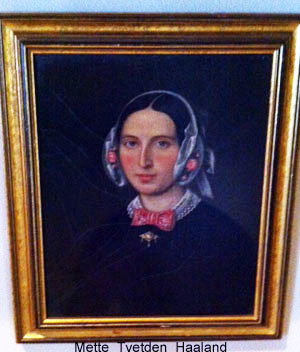Discovering where your ancestors came from is one of the more popular reasons to do a DNA test but the current ancestry composition algorithms have a long way to go. Sometimes East Asian ancestry is actually American Indian and South Asian might be gypsy or Indian Indian. Scandinavian might be British or North German and British and Irish might be Scandinavian.
Most efforts to analyze the deeper roots of your ancestry are based on samples of modern populations who self report four grandparents of a single ethnicity plus some public databases and a few ancient samples. Since each company relies greatly on their own databases of tested people, it is not surprising to see differences in their predictions.
Since my brother is tested at all three companies I thought I would post the images of what each company sees in his DNA as well show the new report from DNA.land and a few from GEDmatch (both using his uploaded Ancestry.com DNA data). We are confident of our recent ancestry: 50% Southern Norwegian, 25% Bavarian German and 25% Ashkenazi.
The new DNA.land report is shown above, Hmmm, only 16% Ashkenazi.
